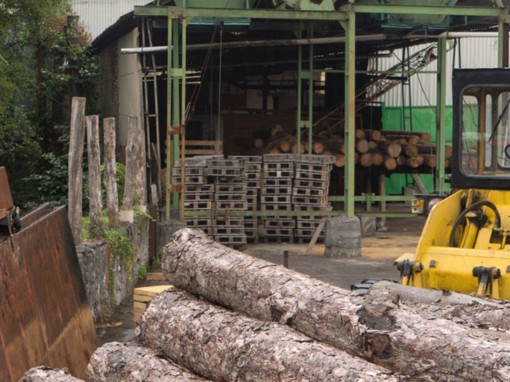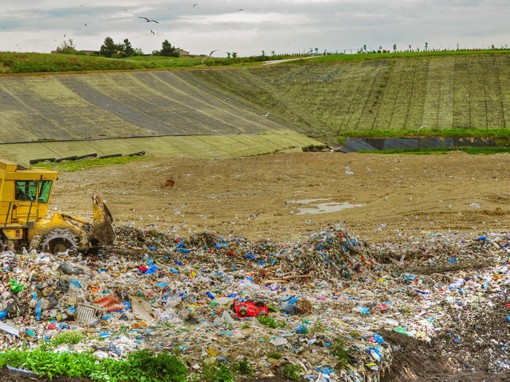Industrial Compressed Air & Gas Search Results for: “”

Power-Free Compressed Air Dryers for Sawmills, Asphalt Plants & Ready Mix Concrete
Saw mills, lumber yards, asphalt plants, and ready mix concrete producers rely on compressed air to control automated equipment. Air cylinders and solenoid valves appear throughout these industrial facilities. These facilities’ air systems are often exposed to tough operating conditions, with extreme weather and plentiful dust and dirt. Insulated and…
Full-Port Motorized Ball Drain Valves For Condensate Draining
Wet receiver tanks in compressed air systems are susceptible to internal corrosion even when coated on the inside. Corrosion falls to the bottom of the tank and mixes with condensed water. Flakes of rust and paint gather in the tank and then within the drain pipe. These particulates eventually clog…

Single Tower Deliquescent Compressed Air Dryers For Moving Equipment & Mobile Trailers
Not all air systems are stationary. Compressed air is often required on equipment that moves and work trailers for sandblasting, painting, and air brake recharging in rail yards. In the oil and gas industry work over rigs use compressed air. In the mining industry draglines have on board air requirements…

Stationary Compressed Air Dryers For Biogas At Wastewater Treatment & Landfills
Waste water treatment plants and landfills produce biogas, a mixture of methane, carbon dioxide, and water vapor. Many WWT plants and landfills burn the gas onsite to produce hot water or electricity. Lowering the water content of biogas prior to combustion improves operational performance by eliminating corrosion in boilers and…
Compressed Air Filtration for OEMS
Many classes of automated equipment require clean compressed air, from paint mixing systems to railcar air brakes, from gas generators to dental compressors to CNG vehicles. Van Air Systems produces F200 series filters to meet the compressed air filtration needs of original equipment manufacturers. F200 filters are cast, machined, coated,…
